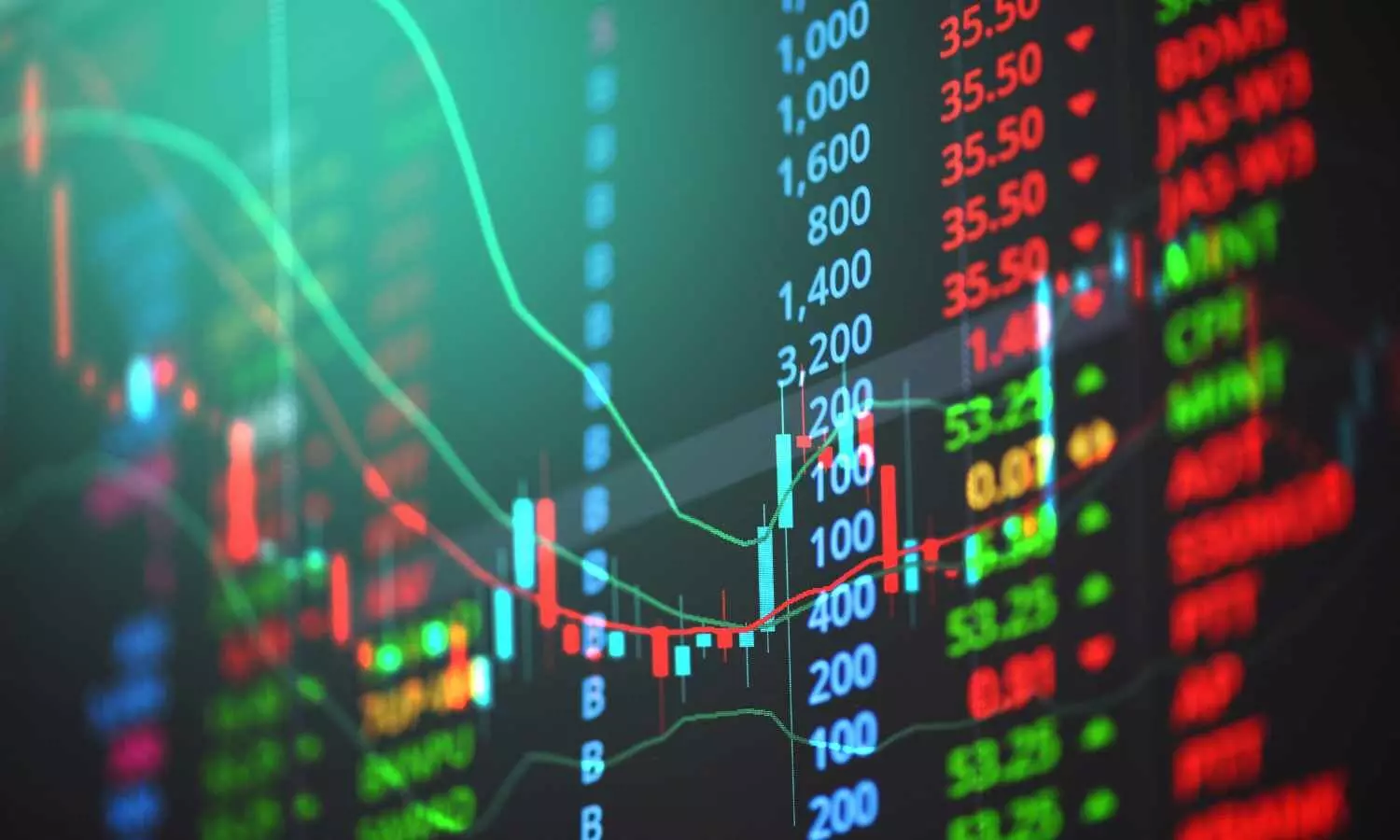Sensex up 800 pts: Here’s What Experts Say About the Stock Market
Sensex jumped over 800 points in today’s trading session, recovering losses from the previous session. However, yesterday’s FPI pullout of ₹10,016 crore signals one thing clearly: the market may have rebounded, but the risk still remains.
Sensex up 800 pts: Here’s What Experts Say About the Stock Market

Sensex jumped over 800 points in today’s trading session, recovering losses from the previous session. However, yesterday’s FPI pullout of ₹10,016 crore signals one thing clearly: the market may have rebounded, but the risk still remains.
“This is a major reversal of their big buying in May,” said Dr. VK Vijayakumar, Chief Investment Strategist at Geojit. “If this persists, it has the potential to impact the market.”
He minced no words in describing the market mood — “a spike in uncertainty and risk is impacting the market rather unexpectedly.” He said the ₹10,000-crore selloff was triggered by volatile global markets, driven by the US credit rating downgrade, rising bond yields in the US and Japan, a surge in COVID cases in India, and the possibility of an Israeli strike on Iran.
“The 30-year JGB yield spiking to 3.14% in the backdrop of the US 30-year at 5% sends a feeling of disquiet,” Vijayakumar noted. “Investors have to exercise caution.”
According to Kotak Institutional Equities, the rally in domestic equities ignores the risks of chaotic global trade, insignificant outcomes from India-US trade negotiations, weakening earnings trajectory and lofty valuations.
“The market is again in the grips of irrational exuberance with the market quick to discount any half-baked narrative (defense being the latest one). The market’s recurring tendency to buy into narratives is astonishing given the history of narratives. Many had emerged and collapsed in the past 2-3 years,” warns Kotak's Sanjeev Prasad.
In fact, March quarter earnings couldn’t do enough to maintain optimism as Prasad described it as “broadly muted”. Though the Nifty grew 7.5% YoY, the outperformance was driven by banks and downstream oil marketing companies.
The difference between India’s 10-year government bond and the yield on the US 10-year Treasury bond has narrowed to a two-decade low of ~175bps, seen during 2004-05.
“Relative macro strength of India is evidenced by the recent downgrade of US credit rating by Moody’s, while India's rating has seen upgrades (ratings by DBRS and ratings outlook by S&P). Twin deficits (fiscal and current account) and public debt for US have deteriorated relative to India in the recent past, while inflationary risks are higher for the US due to tariff wars. On the growth front as well, US GDP growth went into contraction during Q1CY25 due to tariff-related impacts, while India GDP growth is likely to be minimum above the 6% mark,” said Vinod Karki of ICICI Securities.
Morgan Stanley's Ridham Desai said, “Our new BSE Sensex target of 89,000 implies upside potential of 8% to June 2026. This level suggests that the BSE Sensex would trade at a trailing P/E multiple of 23.5x, ahead of the 25-year average of 21x. The premium over the historical average reflects greater confidence in the medium-term growth cycle in India, India's lower beta, a higher terminal growth rate, and a predictable policy environment.”

